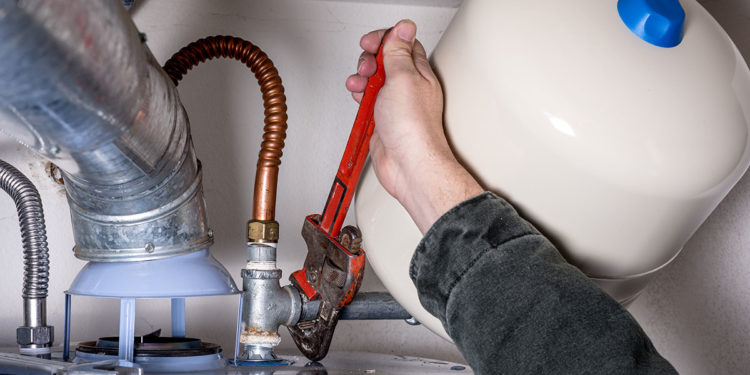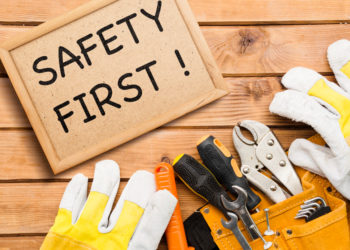Proper cylinders installation is crucial for the functionality and safety of various systems, particularly in heating, LPG, and hydraulic applications. This guide will delve into the process of cylinders installation, covering essential steps, best practices, and common considerations. For those seeking cylinders installation service or repairs for LPG appliances, this comprehensive guide provides practical insights to ensure optimal outcomes.
Understanding the Importance of Professional Cylinders Installation
Proper installation of cylinders, especially those used in heating and LPG systems, ensures safety, efficiency, and performance. Here, we’ll discuss each stage of installation and maintenance considerations that are vital for seamless and safe operation.
Key Aspects of Cylinders Installation
1. Site Assessment and Preparation
The initial step in any cylinders installation service is to evaluate the installation site. A qualified installer will inspect the area, checking for compatibility with the cylinder type and ensuring it meets regulatory standards. For LPG and hydraulic cylinders, it’s crucial to assess ventilation and ensure the space is free of potential hazards, such as flammable materials or extreme heat sources.
2. Selecting the Right Cylinder Type
Different applications require specific types of cylinders. For example, LPG appliance installation necessitates high-grade, corrosion-resistant cylinders suitable for handling combustible gases, while hydraulic systems may demand durable, pressure-resistant cylinders. Choosing the appropriate cylinder for the job ensures longevity and efficiency.
Step-by-Step Cylinders Installation Process
Step 1: Secure the Cylinder in Position
Once the installation site is ready, securing the cylinder is the first step. This involves positioning the cylinder firmly, using brackets or other stabilizing fixtures to prevent movement. Stability is especially critical for hydraulic systems, as any movement can disrupt alignment and cause damage.
Step 2: Connect the Necessary Components
In LPG installations, connecting the cylinder involves attaching it to the appliance via secure hoses or pipes. Hydraulic cylinders may require additional connections, such as hydraulic hoses, to facilitate fluid movement. It’s essential to ensure each connection is tightly secured to prevent leaks or loss of pressure.
Step 3: Testing for Leaks and Pressure
After the cylinder is connected, testing for leaks is critical. Technicians use specialised equipment to check pressure levels and detect any signs of leaks. In LPG cylinders, pressure testing is vital for safety, as any gas leak can lead to hazards. For hydraulic cylinders, ensuring that pressure levels meet specifications helps prevent operational issues.
Step 4: Setting Up Safety Mechanisms
An often-overlooked step in cylinders installation is incorporating safety mechanisms. For LPG appliances, this could mean installing pressure-relief valves or flame arrestors. Hydraulic systems may require pressure-limiting devices to prevent overloading, which could damage the cylinder and connected components.
Key Considerations for Efficient Cylinders Installation Service
1. Compliance with Safety Standards
Ensuring compliance with industry standards, like British Safety Standards for LPG cylinders, guarantees a safe installation. Certified technicians follow these regulations during every stage of the installation process, ensuring that all safety protocols are met.
2. Installation by Qualified Professionals
Due to the risks associated with cylinder handling and installation, hiring experienced professionals for cylinders installation service is highly recommended. Professional installers are equipped with the skills and tools to carry out complex installations, from LPG appliances to hydraulic systems.
Routine Maintenance and Cylinders Installation Service
Importance of Regular Inspections
Regular inspections are essential to prevent issues like gas leaks or pressure inconsistencies. LPG and hydraulic systems particularly benefit from periodic maintenance, as this helps detect early signs of wear and tear.
Cylinder Replacement and Repairs
When wear or damage is detected, it may be necessary to replace or repair the cylinder. Professional repair services are advisable for fixing issues such as faulty valves, pressure loss, or cylinder misalignment, as they can ensure the cylinder remains in peak condition.
Benefits of Professional LPG Appliance Installation and Repair
Safe Handling of Hazardous Materials
LPG cylinders contain flammable gas, which requires careful handling. Professionals are trained in safety protocols, reducing the risk of accidents during installation or repair.
Compliance with Regulatory Standards
Hiring experts for LPG appliance installation ensures compliance with legal and safety regulations, which is critical for both residential and commercial applications.
Extended Equipment Lifespan
Proper installation and regular servicing extend the lifespan of cylinders and related appliances, saving costs on replacements and repairs in the long run.
Conclusion: The Value of Expert Cylinders Installation Service
Professional cylinders installation is key to ensuring operational safety and performance for both LPG and hydraulic systems. By following each step carefully—from site assessment to post-installation testing—property owners can enjoy reliable and efficient cylinder systems.
For professional cylinders installation and reliable LPG appliance services, trust Jones The Pipe. With extensive expertise and a commitment to excellence, Jones The Pipe ensures that your installations are handled with precision and care, providing you with a secure, long-lasting solution.











































































